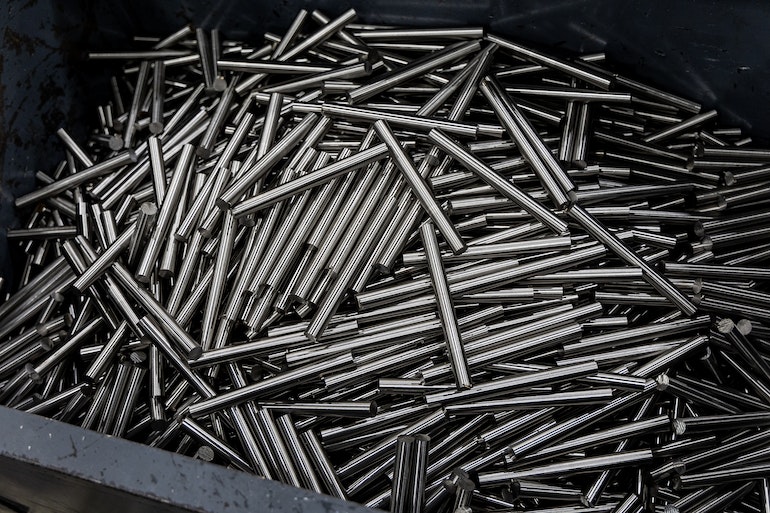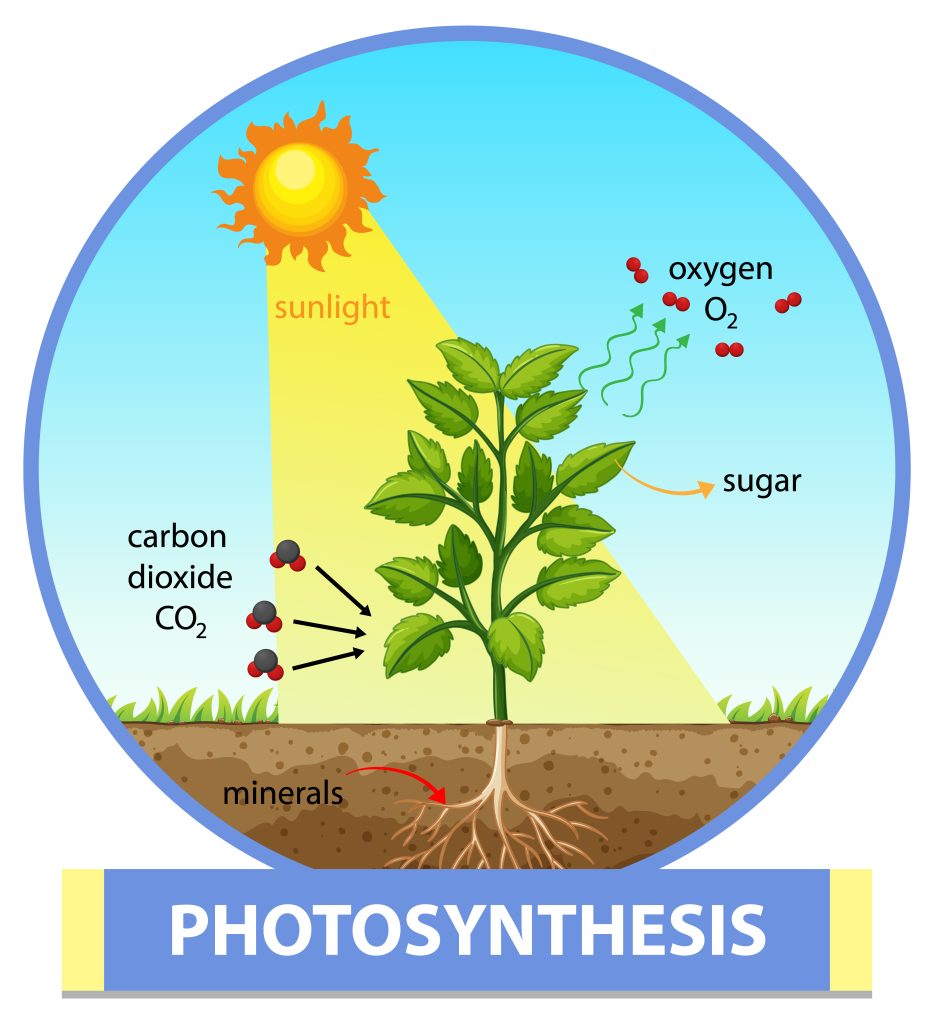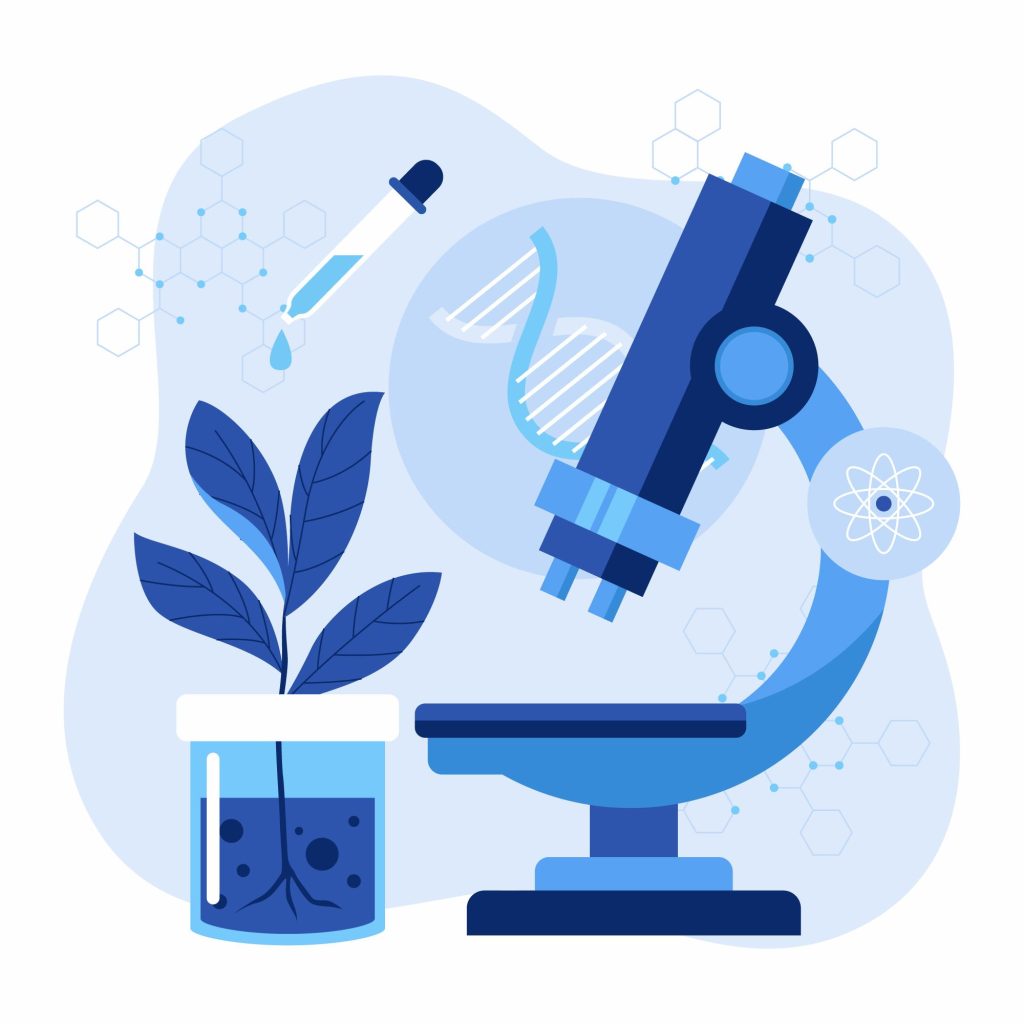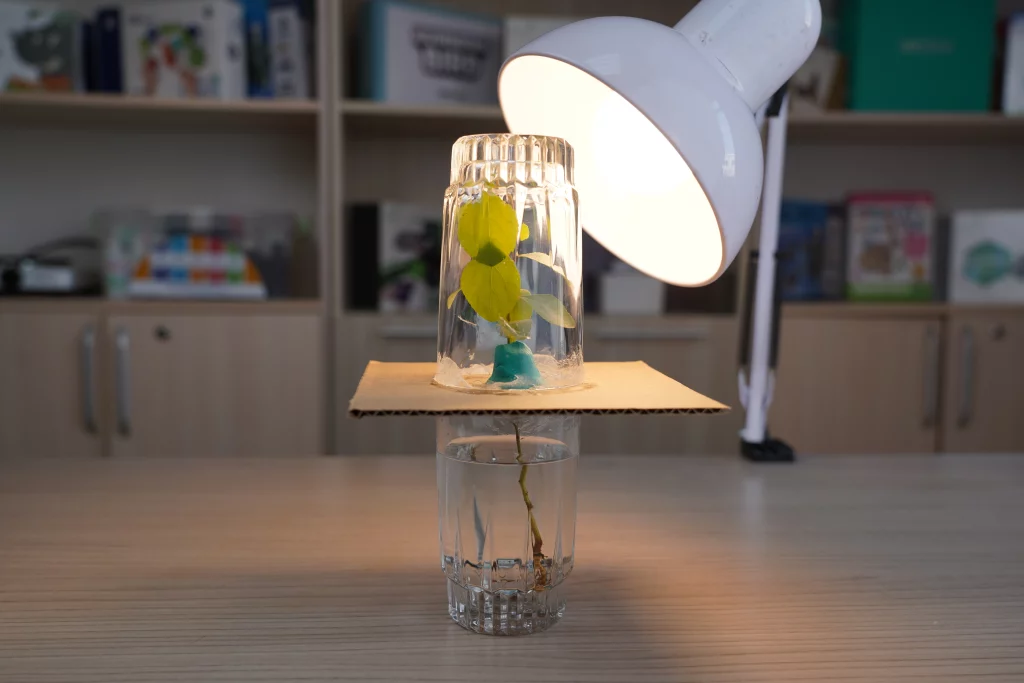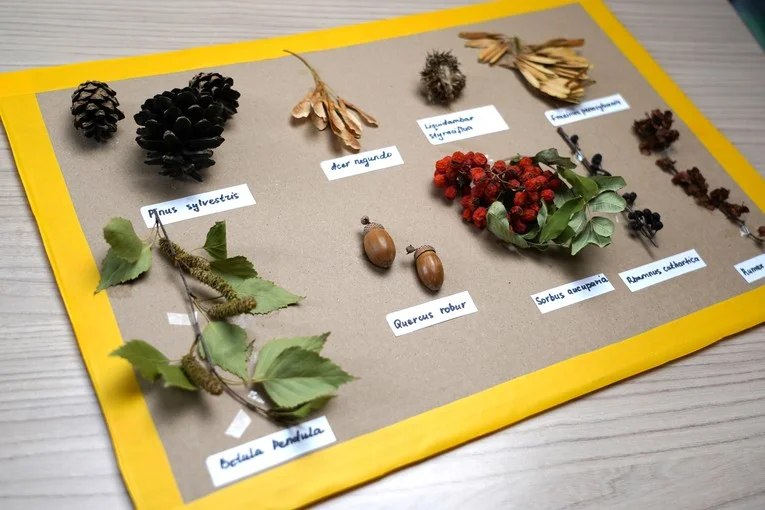Practical work № 7. “What are household chemicals and what are the rules for their safe use?”
Information about practical work Performing this practical work, students will become familiar with the types of household cleaning products and determine their acidic environment. Monitors the effects of synthetic detergents on living organisms.


